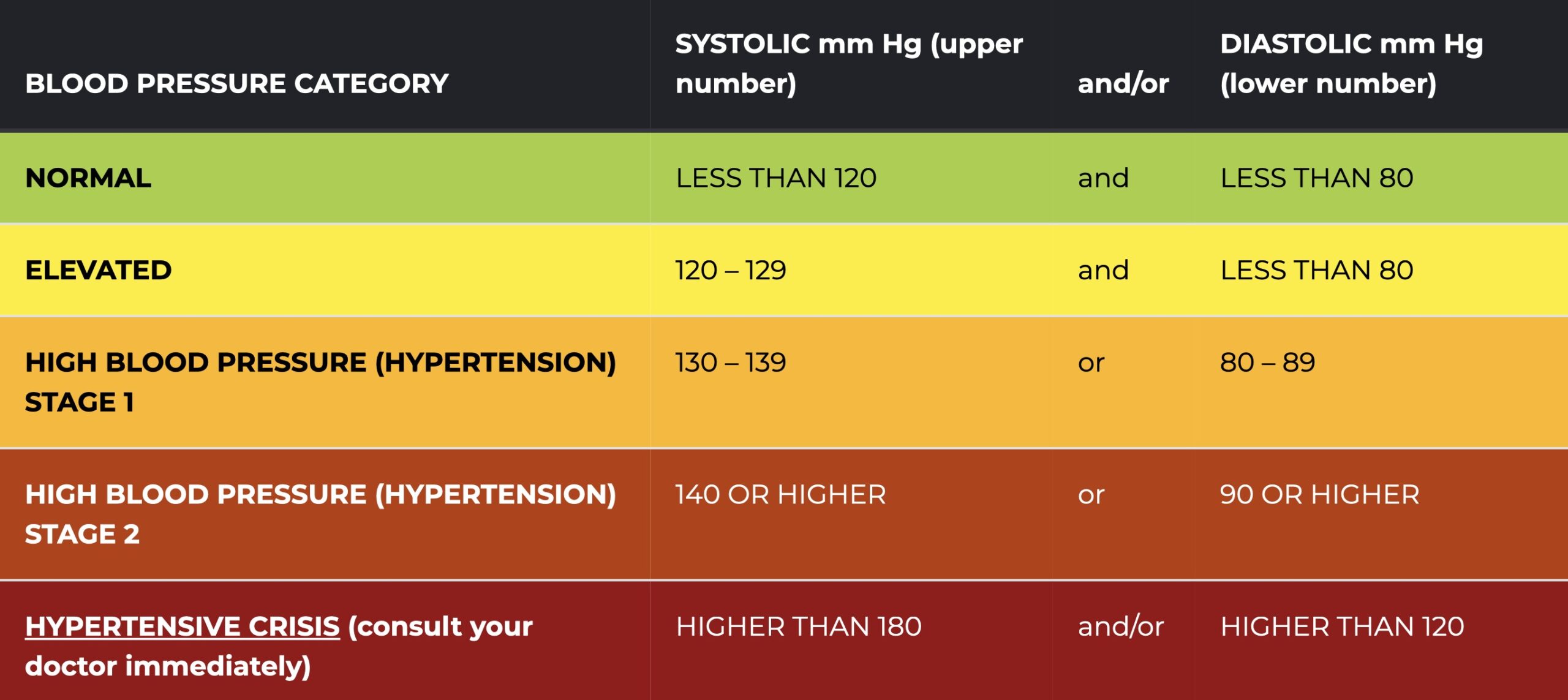What are the symptoms of secondary hypertension?
Secondary hypertension is high blood pressure that results from an underlying medical condition. The symptoms of secondary hypertension can be similar to those of primary hypertension but may also include signs related to the underlying condition causing the elevated blood pressure. Common symptoms and signs include:
- Elevated Blood Pressure: As with primary hypertension, blood pressure readings are consistently high.
- Headaches: Persistent or severe headaches can occur, particularly if blood pressure is significantly elevated.
- Dizziness or Lightheadedness: Feeling dizzy or lightheaded may be a symptom, especially when standing up quickly.
- Blurred Vision: High blood pressure can cause damage to the blood vessels in the eyes, leading to vision problems or blurred vision.
- Shortness of Breath: This may occur if secondary hypertension is related to heart failure or other cardiovascular disease.
- Fatigue: Persistent fatigue or feeling unusually tired can be a sign, especially if it’s related to an underlying condition like kidney disease.
- Chest Pain: In some cases, elevated blood pressure can lead to chest pain, which may be a sign of cardiovascular complications.
- Nosebleeds: Although less common, severe hypertension can sometimes cause nosebleeds.
- Swelling: Swelling in the legs, ankles, or feet may be related to conditions like kidney disease or heart failure that can cause secondary hypertension.
- Unexplained Weight Loss: Conditions like hyperthyroidism or adrenal gland disorders can lead to unintended weight loss alongside high blood pressure.
Since secondary hypertension is caused by another medical condition, the symptoms related to that underlying condition will also be present. For instance, if secondary hypertension is due to kidney disease, symptoms related to kidney dysfunction, such as changes in urine output or blood in the urine, may also be observed.
If secondary hypertension is suspected, it’s important to identify and treat the underlying cause to manage blood pressure effectively. Regular check-ups with a healthcare provider are essential for accurate diagnosis and treatment.
What are the causes of secondary hypertension?
Secondary hypertension is high blood pressure that results from an underlying health condition. The causes of secondary hypertension can be diverse and include:
- Kidney Disease: Conditions such as chronic kidney disease, glomerulonephritis, or polycystic kidney disease can lead to high blood pressure.
- Endocrine Disorders: Hormonal imbalances from disorders like hyperthyroidism, hypothyroidism, Cushing’s syndrome (excess cortisol), or primary hyperaldosteronism (excess aldosterone) can cause secondary hypertension.
- Adrenal Gland Disorders: Tumors or other issues affecting the adrenal glands, such as pheochromocytoma (a tumor that produces excess adrenaline) or adrenal gland hyperplasia, can contribute to elevated blood pressure.
- Obstructive Sleep Apnea: This condition, where breathing repeatedly stops and starts during sleep, can lead to high blood pressure due to increased stress on the cardiovascular system.
- Cardiovascular Conditions: Certain heart conditions, such as coarctation of the aorta (narrowing of the aorta), can cause elevated blood pressure.
- Medications: Some medications, including corticosteroids, oral contraceptives, decongestants, and non-steroidal anti-inflammatory drugs (NSAIDs), can contribute to high blood pressure.
- Pregnancy-Related Conditions: Conditions such as preeclampsia or gestational hypertension can cause elevated blood pressure during pregnancy.
- Chronic Alcohol or Drug Use: Excessive alcohol consumption or use of certain drugs, such as cocaine, can lead to secondary hypertension.
- Primary Hyperparathyroidism: Overactivity of the parathyroid glands can affect blood pressure regulation.
- Certain Genetic Conditions: Genetic disorders such as Williams syndrome or other rare genetic conditions can lead to secondary hypertension.
Identifying and treating the underlying cause is crucial for managing secondary hypertension effectively. Regular monitoring and consultation with a healthcare provider are essential for appropriate diagnosis and management.
What is the treatment for secondary hypertension?
Treating secondary hypertension primarily involves addressing the underlying condition that is causing the elevated blood pressure. For instance, if kidney disease is the cause, treatment may include managing kidney function with medications, lifestyle changes, or potentially dialysis or a kidney transplant. In cases where endocrine disorders are responsible, specific treatments might involve hormone replacement therapy, medications to balance hormone levels, or surgery to remove any tumors affecting hormone production.
For adrenal gland disorders, treatment could involve surgical removal of tumors or medications to regulate hormone levels. If obstructive sleep apnea is the cause, improving sleep quality through lifestyle changes, CPAP therapy, or other interventions can be effective. Cardiovascular conditions like coarctation of the aorta might require surgical or interventional procedures to correct the structural issue.
Alongside treating the underlying condition, medications to lower blood pressure might be prescribed. This can include diuretics to reduce fluid buildup, ACE inhibitors or ARBs to relax blood vessels, calcium channel blockers to reduce heart workload, or beta-blockers to lower heart rate and blood pressure.
Lifestyle modifications are also important for managing secondary hypertension. These include adopting a healthy diet low in sodium, engaging in regular exercise, maintaining a healthy weight, limiting alcohol intake, and quitting smoking.
Regular monitoring by a healthcare provider is essential to keep track of blood pressure and adjust treatments as needed. Understanding the underlying condition and its impact on blood pressure is crucial, so patients should be informed about their condition, treatment options, and the importance of adhering to prescribed therapies and lifestyle changes.

Leave a Reply
You must be logged in to post a comment.